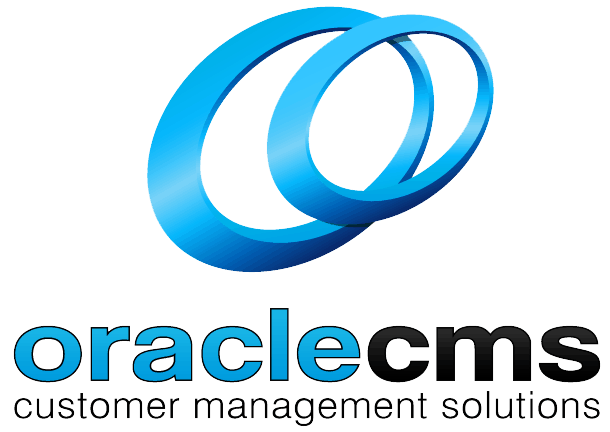What is Call Analytics?
Understanding Call Analytics in Contact Centres
Call Analytics involves the systematic examination of data generated from customer interactions within a contact centre. This data includes information from voice calls, and increasingly, from other communication channels such as email, chat, and social media. By leveraging advanced analytics tools, contact centres can gain deep insights into customer behavior, agent performance, and operational efficiency.
Components of Call Analytics
- Call Volume Analysis: Examines the number of calls received, answered, and abandoned over specific periods. This helps in understanding peak times and planning resources accordingly.
- Agent Performance Analysis: Evaluates metrics such as average handle time (AHT), first call resolution (FCR), and customer satisfaction (CSAT) scores to assess agent effectiveness and identify training needs.
- Customer Interaction Analysis: Analyzes the content of customer interactions to identify common issues, frequently asked questions, and areas for service improvement.
- Call Outcome Analysis: Looks at the results of calls, such as sales conversions, problem resolutions, or follow-up requirements, to measure the effectiveness of interactions.
Benefits of Call Analytics
- Enhanced Customer Experience: By understanding common pain points and customer needs, contact centres can improve their service delivery and provide a better customer experience.
- Improved Agent Performance: Call Analytics helps identify top-performing agents and those who may need additional training or support, leading to overall performance improvements.
- Operational Efficiency: Insights from call data can highlight inefficiencies in processes and workflows, allowing contact centres to streamline operations and reduce costs.
- Data-Driven Decision Making: Access to detailed analytics enables contact centre managers to make informed decisions based on actual performance data and trends.
Techniques Used in Call Analytics
- Speech Analytics: Transcribes and analyzes spoken interactions to identify keywords, sentiment, and emotional cues, providing deeper insights into customer sentiment and agent performance.
- Text Analytics: Analyzes written communication such as emails and chat logs to uncover trends and common issues.
- Predictive Analytics: Uses historical data to predict future trends and call volumes, helping in resource planning and proactive problem management.
- Real-Time Analytics: Provides immediate insights into ongoing interactions, allowing for quick interventions and adjustments to improve outcomes.
Challenges and Considerations
Implementing Call Analytics can be complex and requires significant investment in technology and training. Ensuring data privacy and compliance with regulations is also critical, as call data often contains sensitive customer information. Additionally, integrating call analytics with other business systems and ensuring data accuracy are important for deriving meaningful insights.
Implementing Call Analytics Effectively
- Choose the Right Tools: Select analytics tools that align with the contact centre’s specific needs and integrate well with existing systems.
- Train Staff: Provide comprehensive training for staff to effectively use analytics tools and interpret the data.
- Regular Monitoring: Continuously monitor call analytics to identify trends and make timely adjustments to processes and strategies.
- Act on Insights: Use the insights gained from call analytics to drive continuous improvement in customer service, agent performance, and operational efficiency.
Conclusion
Call Analytics is a powerful tool for contact centres, offering detailed insights into customer interactions, agent performance, and overall operational efficiency. By leveraging call analytics, contact centres can enhance customer experiences, improve agent performance, and make data-driven decisions to optimize their operations. Effective implementation of call analytics requires the right tools, ongoing training, and a commitment to using data insights to drive continuous improvement.


